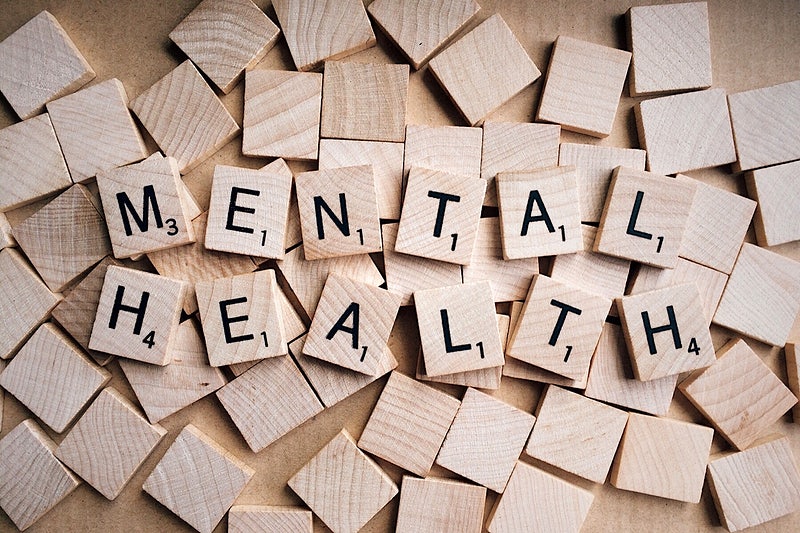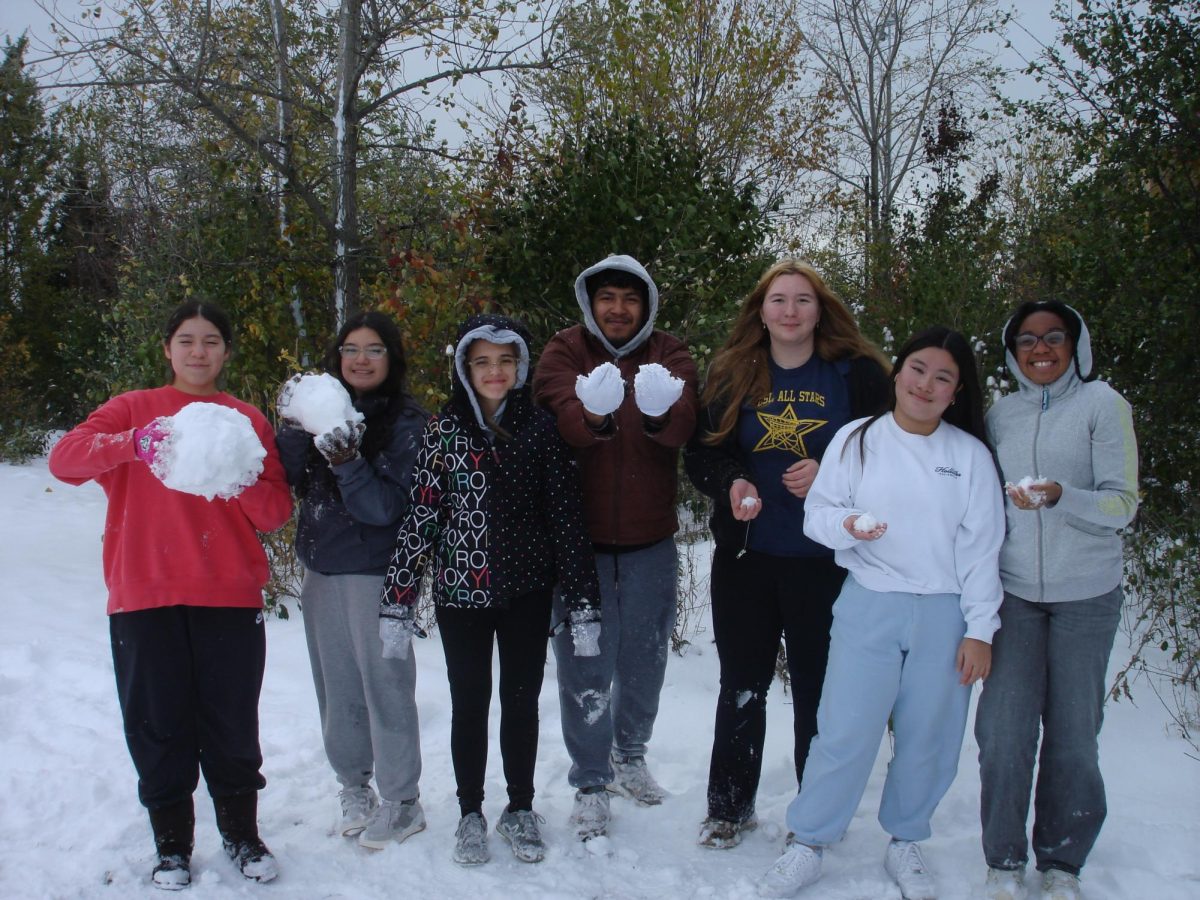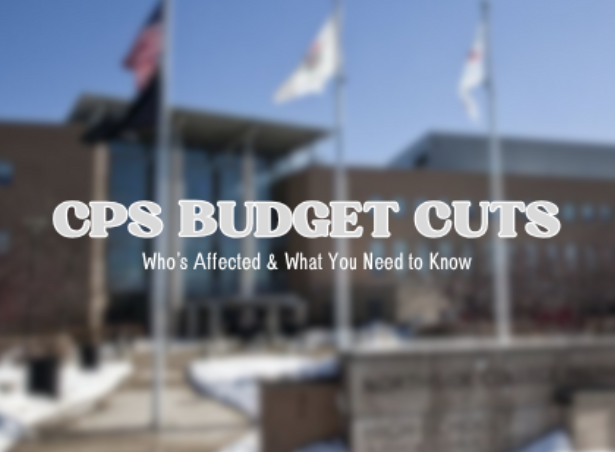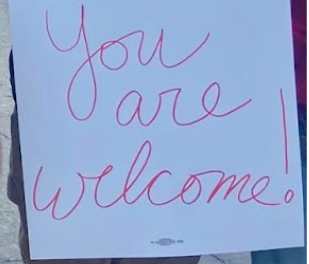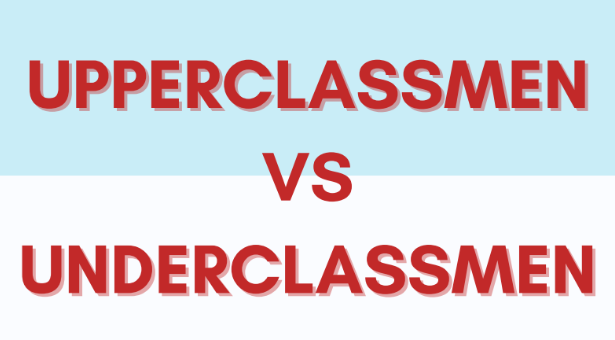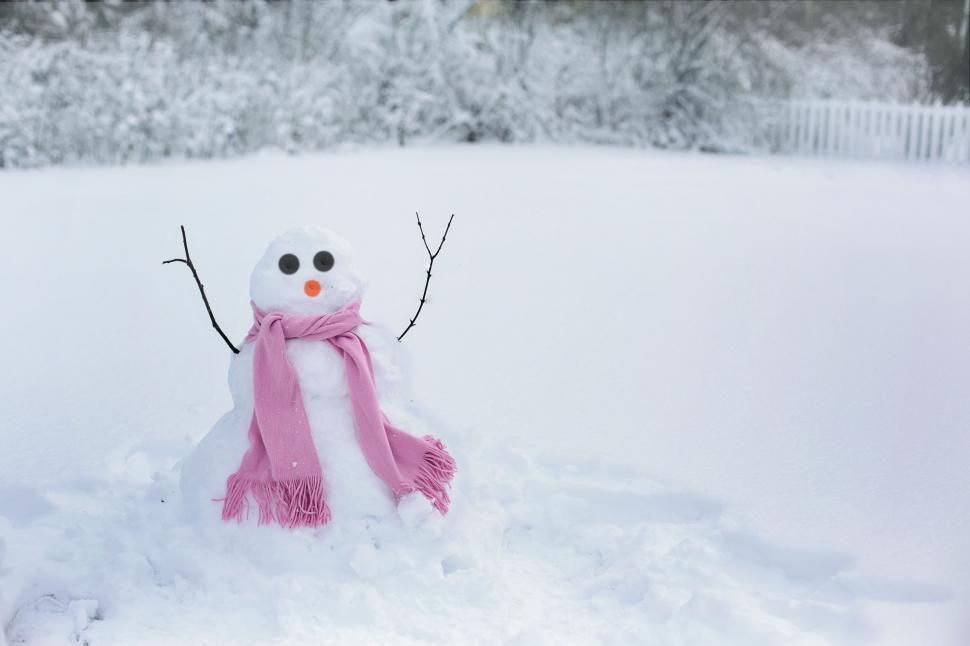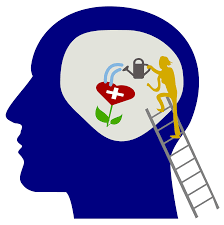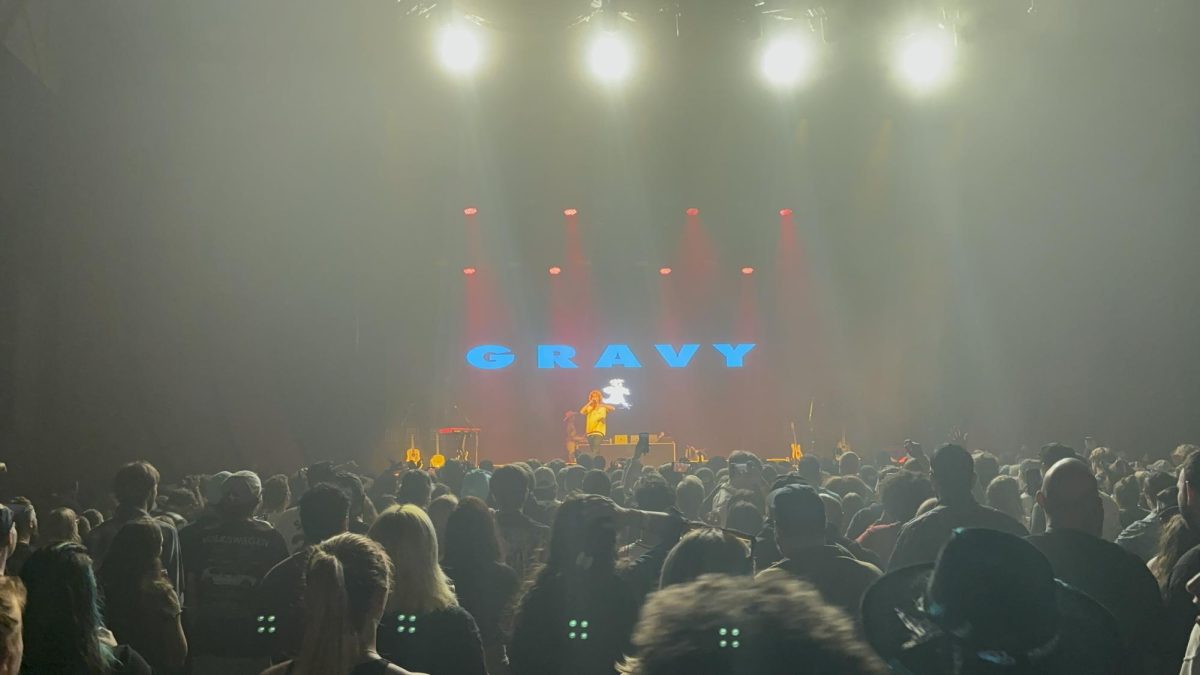One mental health strain that often goes unrecognized is Seasonal Affective Disorder. With winter comes less sunlight and more time indoors, which can impact mood and lead to various other mental health concerns.

Seasonal Affective Disorder (SAD) affects one in twenty Americans. Additionally, over 40% of people experience some form of mood drop during winter, according to the Cleveland Clinic. Seasonal Affective is a type of seasonal or winter depression, which is a very real condition experienced by millions.
Mrs. Mathews (counselor) states, “Getting outside and staying active can boost mood.” Going outside and exercising “helps reduce stress, anxiety, and improves mood,” according to the Mayo Clinic. Any opportunity to engage in these activities benefits both the mind and body.
Because temperatures drop and daylight hours are limited, it is challenging to go outside and stay active during the winter months in Chicago. Student Rachel Yanoff remarked, “What’s the point of doing anything if it gets dark at 4 PM?”, getting outside can be difficult. Therefore, it is essential to find alternative ways to reap these benefits. Physical exercise, even indoors, is the most effective treatment, while light therapy, such as “light boxes,” can simulate exposure to outdoor sunlight.

Another key way to reduce seasonal depression is to maintain a proper sleep schedule. Northside student Sophie Wilson stated, “A routine for staying active is important to help you get out of bed.” Since daylight hours and outdoor time are limited, making the most of mornings is beneficial. Additionally, sleep has significant health implications, affecting everything, especially seasonal depression. A recent PBS study on sleep in teenagers found that over 70% do not get enough sleep or do not maintain a regular sleep schedule, making it clear that sleep is often undervalued.
Seasonal Affective Disorder can be very draining, but resources are available at Northside. Ms. Mathews, a counselor, states that “finding supportive adults in the building is vital for everyone who is struggling.” People don’t have to face their challenges alone.
- Ms. Cooper (Social Worker) is available at Room 220 D in the Library.
- Ms. Reiman (Social Worker) is available in room 108 by the Auditorium.
- Counselors are available in the Counseling office.
- Outside help is available by referral from the above people.
Sources: (Further Reading)
“Seasonal Affective Disorder (Seasonal Depression).” Cleveland Clinic, 10 May 2024, my.clevelandclinic.org/health/diseases/9293-seasonal-depression.
Brangham, William, and Mike Fritz. “How Teenagers’ Lack of Sleep Is Taking a Toll on Their Mental Health.” PBS, Public Broadcasting Service, 4 Oct. 2023, www.pbs.org/newshour/show/how-teenagers-lack-of-sleep-is-taking-a-toll-on-their-mental-health#:~:text=According%20to%20the%20CDC%2C%20more,aren’t%20getting%20enough%20sleep.
“Seasonal Affective Disorder (SAD).” Mayo Clinic, Mayo Foundation for Medical Education and Research, www.mayoclinic.org/diseases-conditions/seasonal-affective-disorder/symptoms-causes/syc-20364651. Accessed 12 Jan. 2025.

